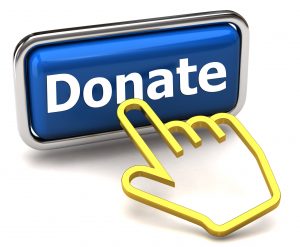By David Wasmuth,
Updated: March 20, 2021
Books
- “Nature’s Best Hope” by Douglas Tallamy
- “The Living Landscape” by Rick Darke and Douglas Tallamy
- “Bringing Nature Home” by Douglas Tallamy
- “The Garden Revolution: How Our Landscapes Can Be a Source of Environmental Change” by Larry Weaver.
Douglas Tallamy has been an inspiring pioneer in recognizing the interdependence between native plants, insects and birds. His books feature excellent plant lists as well as practical landscaping advice.
Larry Weaver is a landscape design expert who takes a practical approach to designing and installing ecologically friendly gardens.
Online information sources
The National Wildlife Federation and the Audubon Society both offer lists of recommended native plants to support wildlife. The NWF site is focused on pollinators while the Audubon site is focused more on birds. For each, you can enter your zip code to generate a list of plants best suited to your locale.
https://www.nwf.org/nativeplantfinder/
https://www.audubon.org/native-plants/
Some recommended plants to support wildlife
Principal wildlife value is listed for each plant. Because most native plants are hosts for at least some native species, only the most significant host plants are highlighted here.
(* indicates medium to high deer resistance, but nothing is 100% deer resistant)
Spring ephemerals:
- Spring beauties (Claytonia virginica) – Early nectar source
- Virginia bluebells (Mertensia virginica) – Early nectar source
Spring flowers/Summer ground covers:
- Violets (Viola spp.)* – Early nectar source; host
- Golden groundsel/ragwort (Packera aurea)* – Early nectar source
- Creeping phlox (Phlox stolonifera)*- Early néctar source
- Foamflower (Tiarella cordifolia)*- Early nectar source
- Alumroot/Coralbells (Heuchera spp.)* – Attractive to hummingbirds, early nectar source
- Eastern columbine (Aquilegia canadensis)* – Attractive to hummingbirds, early nectar source
Early spring flowering trees/shrubs:
- Redbud (Cercis canadensis) – Early nectar source
- Flowering dogwood (Cornus florida) – Fall berries, early nectar source, host plant
- Juneberry/serviceberry/shadbush (Amelanchier spp.)* – June berries, early nectar source, host plant
- Chokeberry (Aronia spp.) – Nectar, host, winter berries
Late spring flowering shrubs:
- John’s Wort (Hypericum prolificum)* – Nectar, host
- Native viburnums – Arrowwood*, native cranberry bush*, nannyberry, mapleleaf (Viburnum spp.) -Berries (season varies with species), nectar, host
Milkweed (Monarch butterfly host plant):
- Common milkweed (Asclepias syriaca)* – Nectar, host
- Swamp milkweed (Asclepias incarnata)*- Nectar, host
- Butterfly weed (Asclepias tuberosa)*- Nectar, host
Summer perennials:
- Beebalm (Monarda didyma)* – Attractive to hummingbirds, nectar
- Cardinal flower (Lobelia cardinalis)* – Attractive to hummingbirds, nectar
- Coral honeysuckle (Lonicera sempervirens)* – Vine – Attractive to hummingbirds, fall berries, nectar
- Hyssop (Agastache spp.)*- Nectar, seeds
- Blazing star/gay feather (Liatris spp.)*- Nectar, host, seeds
- Joe Pye (Eupatorium maculatum)* – Attractive to hummingbirds, nectar, host
- Canada goldenrod (Solidago canadensis)* – Attractive to hummingbirds, nectar, host, seeds
- Purple coneflower (Echinacea purpurea)* – Nectar, seeds
- Woodland sunflower (Helianthus divaricatus)* – Nectar, host, seeds
Fall perennials:
- Showy goldenrod (Solidago speciosa)* – Attractive to hummingbirds, fall nectar, host, seeds
- New England aster (Aster novae-angliae)* – Fall nectar source, host
- Blue aster (Aster azureus)* – Fall nectar source, host
- Blue wood aster (Aster cordifolius)* – Fall nectar source, host
Oaks:
- Pin oak (Quercus palustris) – Nectar, host, acorns
- Red oak (Quercus rubra) – Nectar, host, acorns
- White oak (Quercus alba) – Nectar, host, acorns
Smaller oaks (native to the Northeast):
- Bear oak (Quercus iliciflia) – full sun, grow up to 25 feet – Nectar, host, acorns
- Dwarf Chinkapin oak/dwarf chestnut oak (Quercus prinoides) – full sun to partial shade, 10-20 feet Nectar, host, acorns
Maples:
- Red maple (Acer rubrum) – Early nectar, host, seeds
- Sugar maple (Acer saccharum) – Early nectar, host, seeds
Hollies:
- American holly (Ilex opaca)* – Nectar, winter berries, winter cover (Evergreen tree)
- Inkberry holly (Ilex glabra)* – Nectar, winter berries (Evergreen shrub)
- Winterberry holly (Ilex verticillata)* – Nectar, winter berries (Deciduous shrub)
Buying Native Plants
Check with your local nurseries. Many now carry native plant lines. Be careful that you are actually buying a native, not an introduced species with a similar name.
Several online sources specialize in native plants. Here are a few. Since these serve wide areas, check to make sure the plants you order are native to your region.
Support our programs and environmental initiatives:

